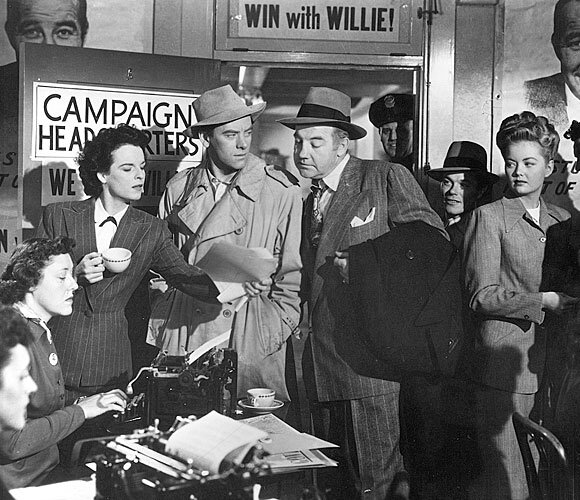What Medium Do You Work In?: Bridget Riley and the Art of Perception
Detail from Pause, 1964. Photograph: Bridget Riley 2019
'Focusing isn't just an optical activity, it is also a mental one.’
Bridget Riley
I recently attended a fine retrospective of the art of Bridget Riley. (The Hayward Gallery, London until 26 January.)
Triangles, curves, rhomboids, stripes and dots. Shapes that shimmer, hover and flicker. Discs that hum, throb and float. Circles that disappear into a fold in time. Dizzying, blurring, rippling contours. Everything moves. Reality warps. The images seem to be shouting: ‘Forget what you know. Don’t trust your senses. Hold on tight.’
'The word 'paradox' has always had a kind of magic for me, and I think my pictures have a paradoxical quality, a paradox of chaos and order in one.’
Born in Norwood, London in 1931, Riley studied art at Goldsmiths College and the Royal College of Art. After her education she spent some time as an illustrator at JWT. Her early work was figurative and impressionist.
Then in 1959 Riley copied Georges Seurat’s pointillist painting ‘The Bridge at Courbevoie’ ‘in order to follow his thought.’ The experience set her on the path to her signature Op Art style, and the resulting work has hung in her studio ever since.
Riley began to paint black and white geometric patterns, exploring the dynamism of sight and the illusions of seeing. She liked to ‘take a form through its paces in order to find out what it can do.’
Riley’s art was disruptive, unsettling, mesmerising. It chimed with the spirit of the ‘60s - an age of doubt and disorientation, of anxiety and apprehension.
Bridget Riley review. Cataract 3, 1967. © Bridget Riley 2019
'There was a time when meanings were focused and reality could be fixed; when that sort of belief disappeared, things became uncertain and open to interpretation.’
Our eyes travel across a Riley painting, restless, uneasy, looking for a centre. But there’s no place for our attention to settle.
'In general, my paintings are multifocal. You can't call it unfocused space, but not being fixed to a single focus is very much of our time.’
In 1967 Riley introduced colour to her abstract work. She became interested in its instability and interactions, in different couplings and combinations.
'If you can allow colour to breathe, to occupy its own space, to play its own game in its unstable way, it’s wanton behaviour, so to speak… it is promiscuous like nothing.’
Riley’s method involved what she called ‘conscious intuition.’ She explored the intersection between the hard, precise, clinical drive of the rational brain and the unfocused impact of intuition and emotion.
'I work on two levels. I occupy my conscious mind with things to do, lines to draw, movements to organize, rhythms to invent. In fact, I keep myself occupied. But that allows other things to happen which I'm not controlling... The more I exercise my conscious mind, the more open the other things may find that they can come through.’
At the exhibition you can see Riley’s preparatory drawings and studies, precise instructions for her painting assistants. Some look like grand contour maps of new frontiers, of unknown terrain. They reveal the painstaking calculations that the artist invests in her work, the countless decisions about form, colour, structure and scale.
High Sky, 1991. Photograph: Bridget Riley 2019
'It seems the deeper, truer personality of the artist only emerges in the making of decisions... in refusing and accepting, changing and revising.’
I was particularly struck by a remark Riley made about Seurat’s art.
‘His work gave me a sense of the viewer’s importance as an active participant. Perception became the medium.’
This abstract, conceptual definition of Seurat’s medium seems to suggest fresh possibilities for art, to open up new horizons.
As we embark on a new year, it may be helpful to pause for a moment and reflect on our own core competences. What is it that we do? What are we good at? What medium do we work in?
Should we define ourselves by our output? By adverts and art direction, design and data, copy and content? There is an admirable, plain-speaking directness to such descriptions. Maybe we see ourselves as artisans or makers?
Or do we deal in something more abstract? Perhaps we are persuaders, curators, cultural commentators, consumer champions, brand spokespeople? Perhaps we create and manage ideas; or nurture talent; or navigate change; or provoke disruption; or stimulate growth?
Or do we, like Riley, work in the medium of perception?
‘Looking is, I feel, a vital aspect of existence. Perception constitutes our awareness of what it is to be human, indeed what it is to be alive.’
'Doctor, my eyes have seen the years
And the slow parade of fears without crying.
Now I want to understand.
I have done all that I could
To see the evil and the good without hiding.
You must help me if you can.
Doctor, my eyes
Tell me what is wrong.
Was I unwise to leave them open for so long?’
Jackson Browne, ‘Doctor My Eyes'
No 262























